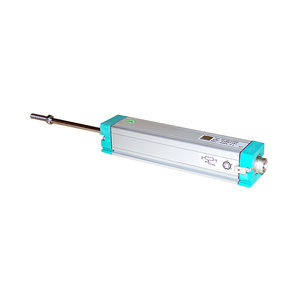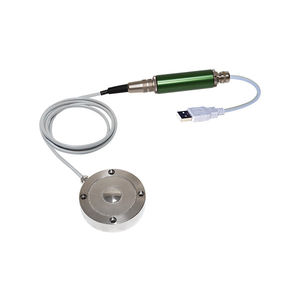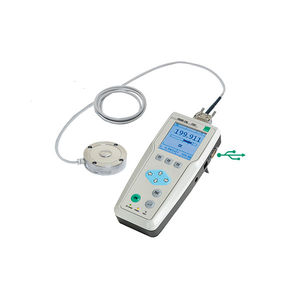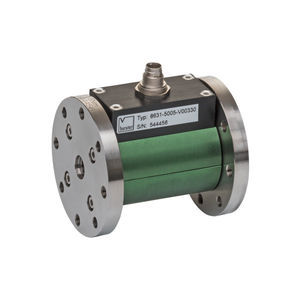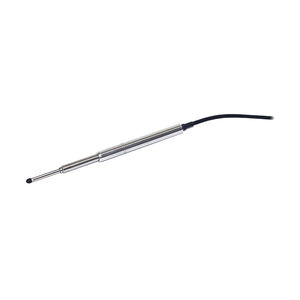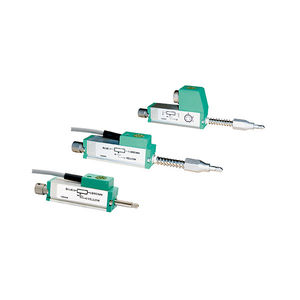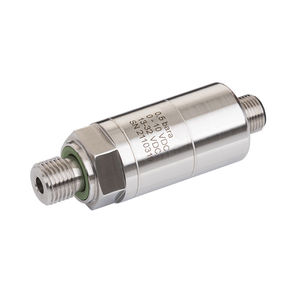
- Detection - Measurement
- Flow, Pressure and Level Measurements
- Relative pressure transmitter
- burster präzisionsmesstechnik gmbh & co kg
- Company
- Products
- Catalogs
- News & Trends
- Exhibitions
Relative pressure transmitter 8227absolutemembraneanalog




Add to favorites
Compare this product
Characteristics
- Pressure type
- relative, absolute
- Technology
- membrane
- Output
- analog
- Fluid
- for gas, for liquids
- Material
- stainless steel
- Protection level
- rugged, IP65, IP67
- Applications
- for hydraulic applications
- Other characteristics
- precision, with amplified output
- Pressure range
Max.: 500 bar
(7,251.89 psi)Min.: 0 bar
(0 psi)- Process temperature
Max.: 105 °C
(221 °F)Min.: -40 °C
(-40 °F)
Description
Pressure transmitter - 8227
With its rugged housing and a stainless steel sensor element, the transducer is particularly robust and ideally suited to the harshest environments. This also means that the sensor can be installed anywhere with no effect on the measurement signal. The built-in instrumentation amplifier converts the sensor signals into noise-immune voltage signals or current signals that can be transmitted over relatively long distances. For high viscose materials, a front-level membrane M12 x 1 is available, and with this disruptive dead volumes can be expelled.
The sensor has a small protected hole on the rear to allow measurement of atmospheric pressure (measurement type relative). For the absolute measurement option, the applied pressure is measured with respect to an enclosed vacuum.
As an electrical connection, a DIN 43650A valve connector or an M12 x 1, 4-pin connection is available.
FEATURES:
-Measurement ranges of 0 ... 0.05 bar to 0 ... 500 bar
-Accuracy from 0.25 % F.S.
-Built-in instrumentation amplifier with output 0 ... 10 V
-Process connection thread G 1/4 inch
-Protection class IP65/67
Catalogs
Other burster präzisionsmesstechnik gmbh & co kg products
Sensors
Related Searches
- Pressure transmitter
- Analog pressure transmitter
- Membrane pressure transmitter
- Relative pressure transmitter
- Stainless steel pressure transmitter
- Waterproof pressure transmitter
- Absolute pressure transmitter
- Gas pressure transmitter
- Liquid pressure transmitter
- Threaded pressure transmitter
- Compact pressure transmitter
- IP65 pressure transmitter
- Pressure transducer
- Differential pressure transmitter
- IP67 pressure transmitter
- Precision pressure transmitter
- Analog pressure transducer
- Membrane pressure transducer
- Relative pressure transducer
- Stainless steel pressure transducer
*Prices are pre-tax. They exclude delivery charges and customs duties and do not include additional charges for installation or activation options. Prices are indicative only and may vary by country, with changes to the cost of raw materials and exchange rates.

























